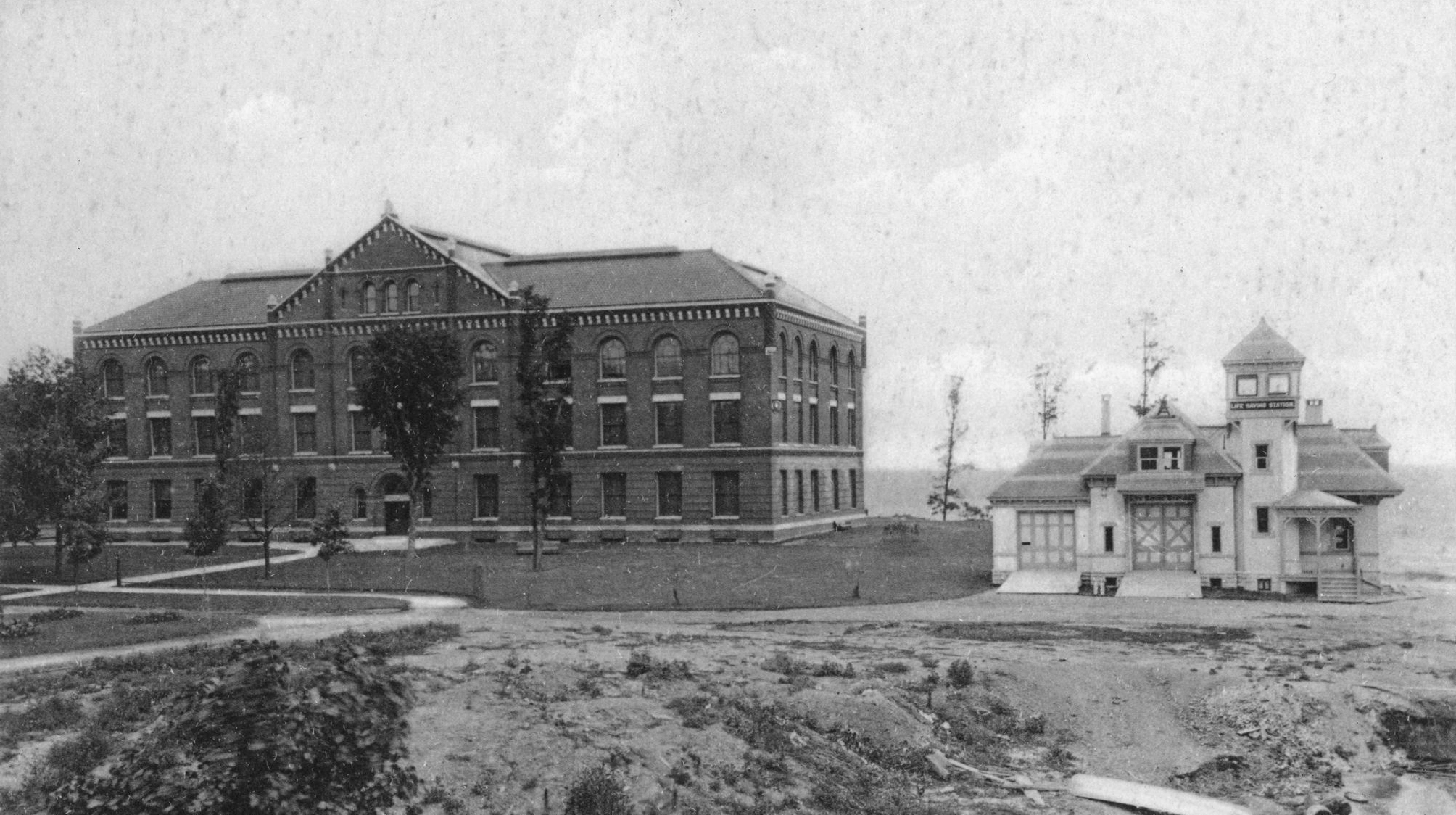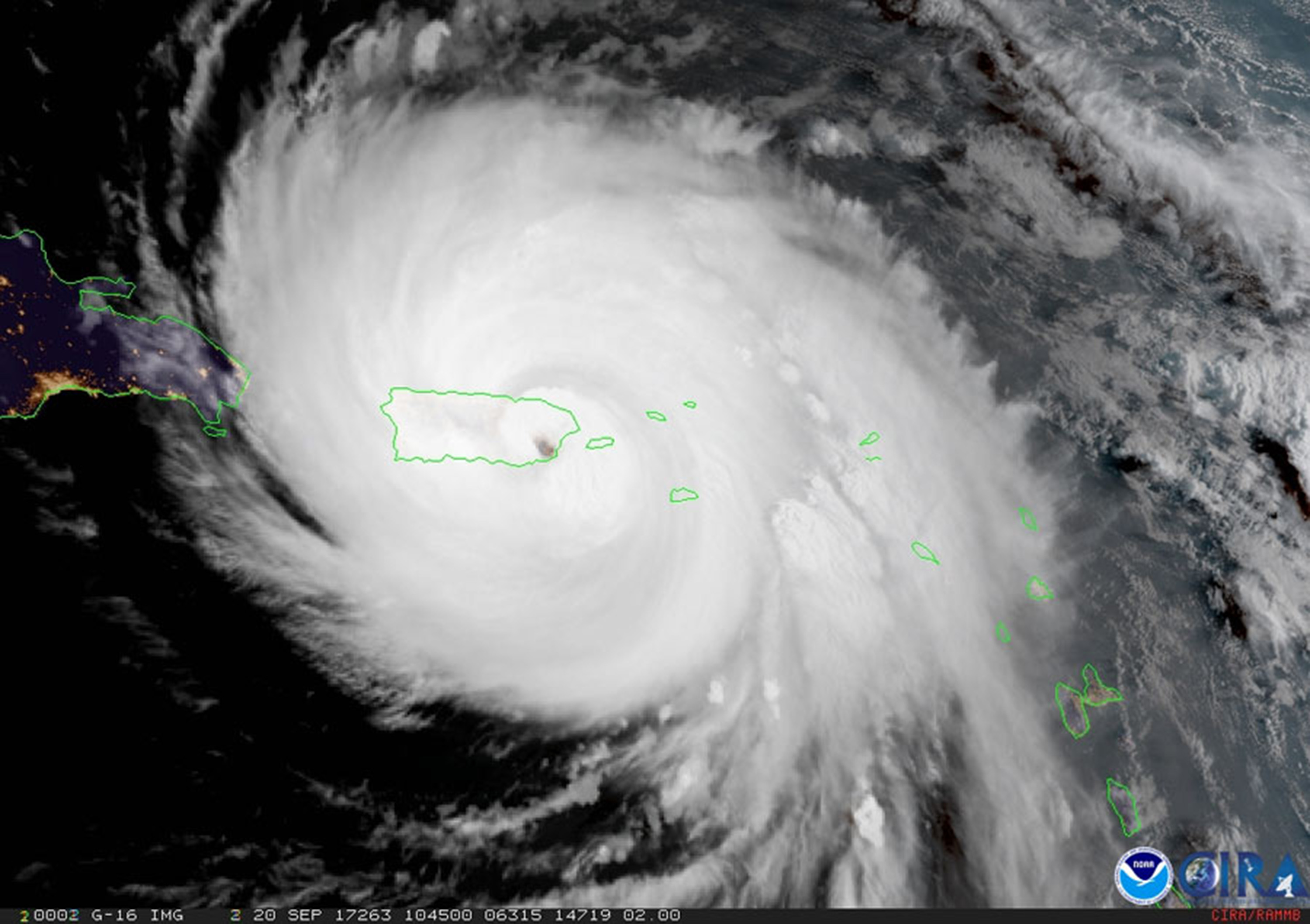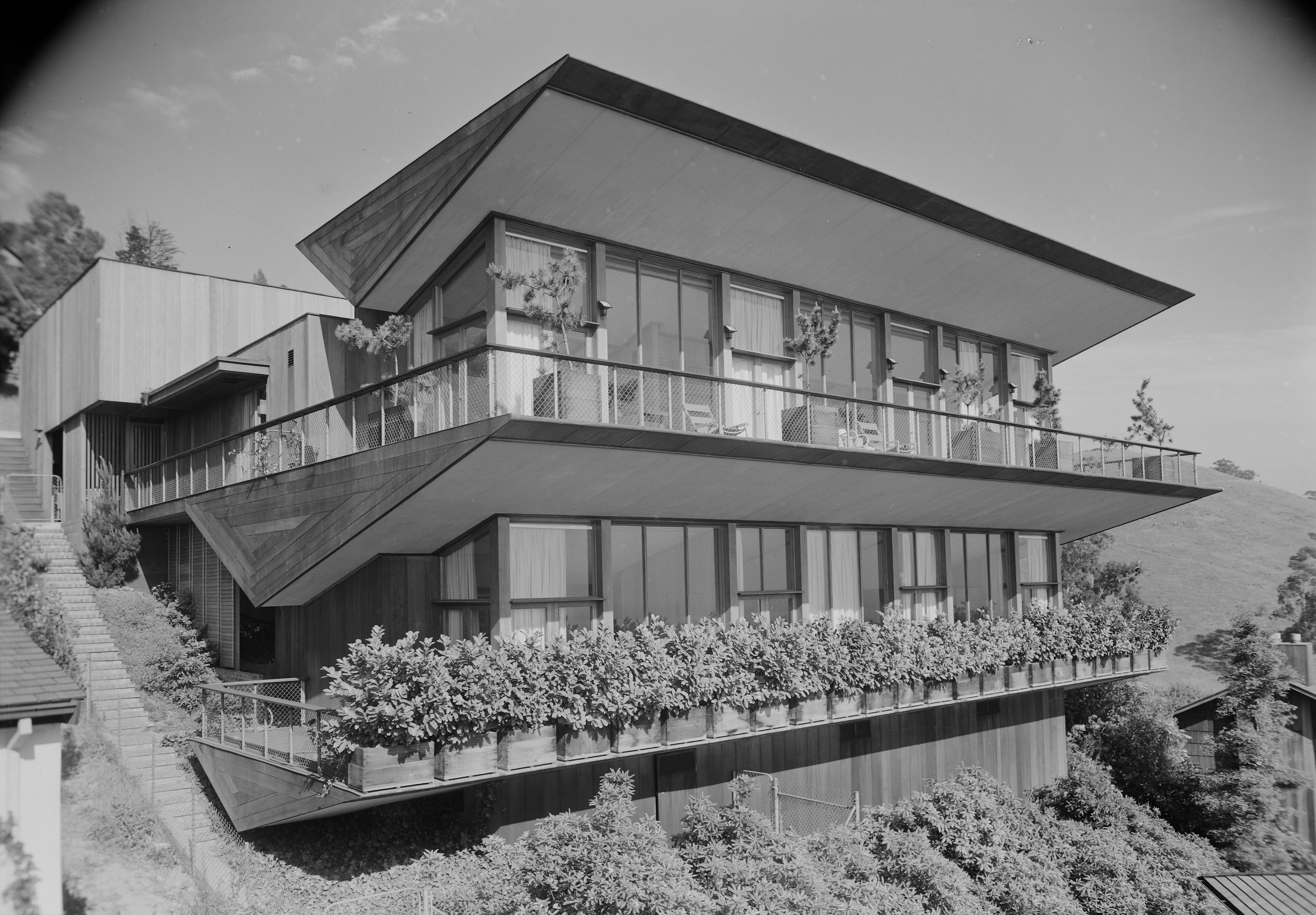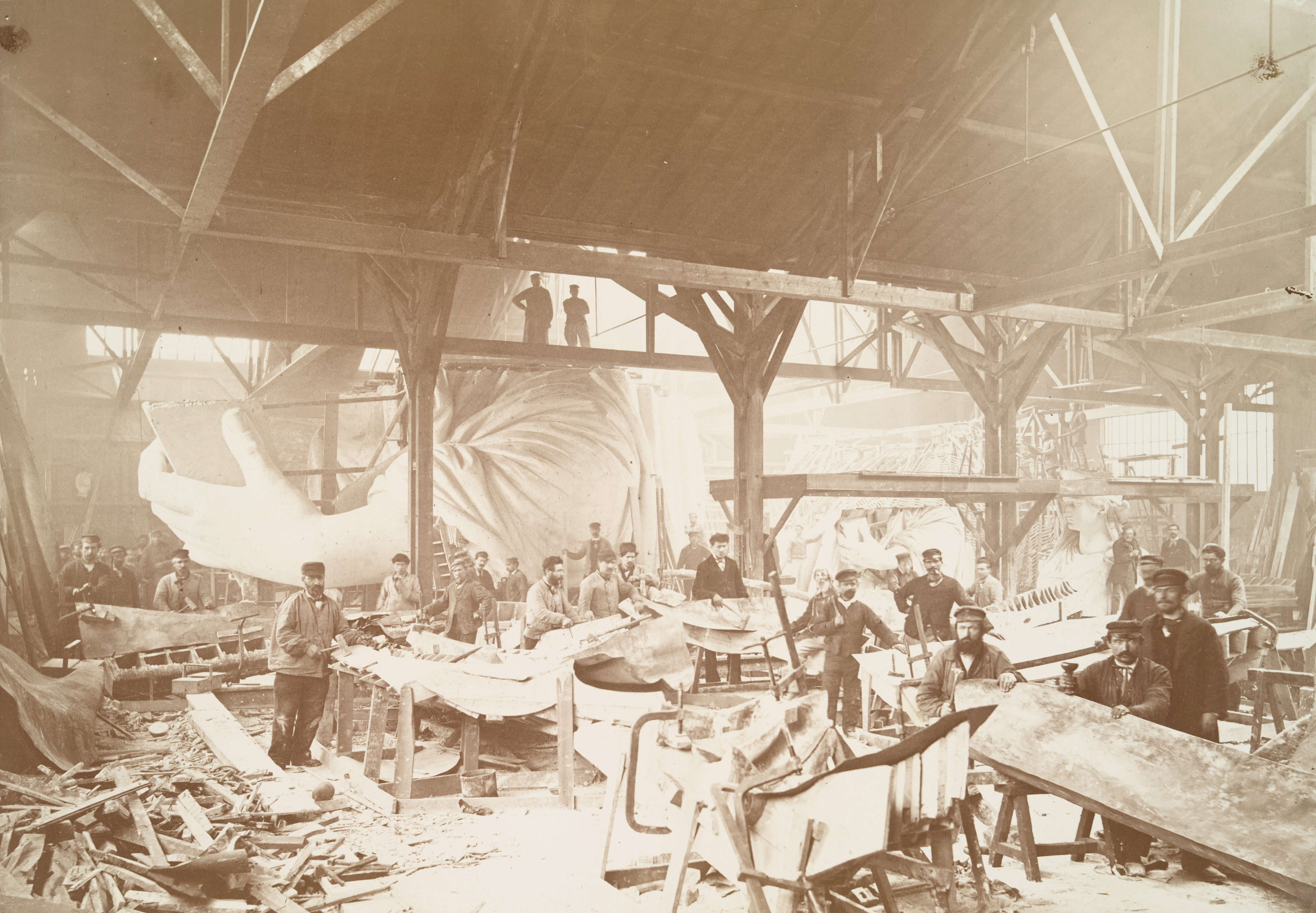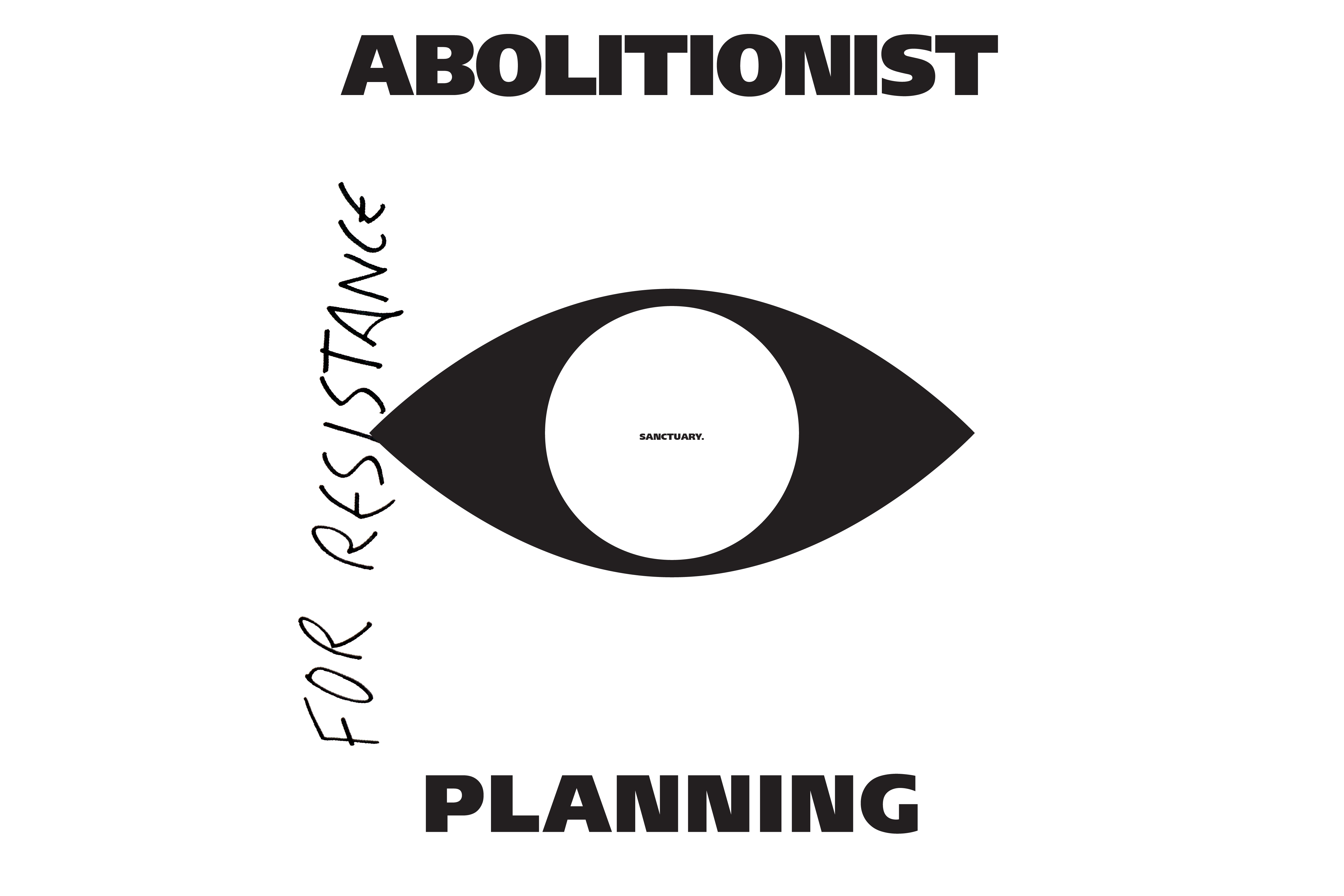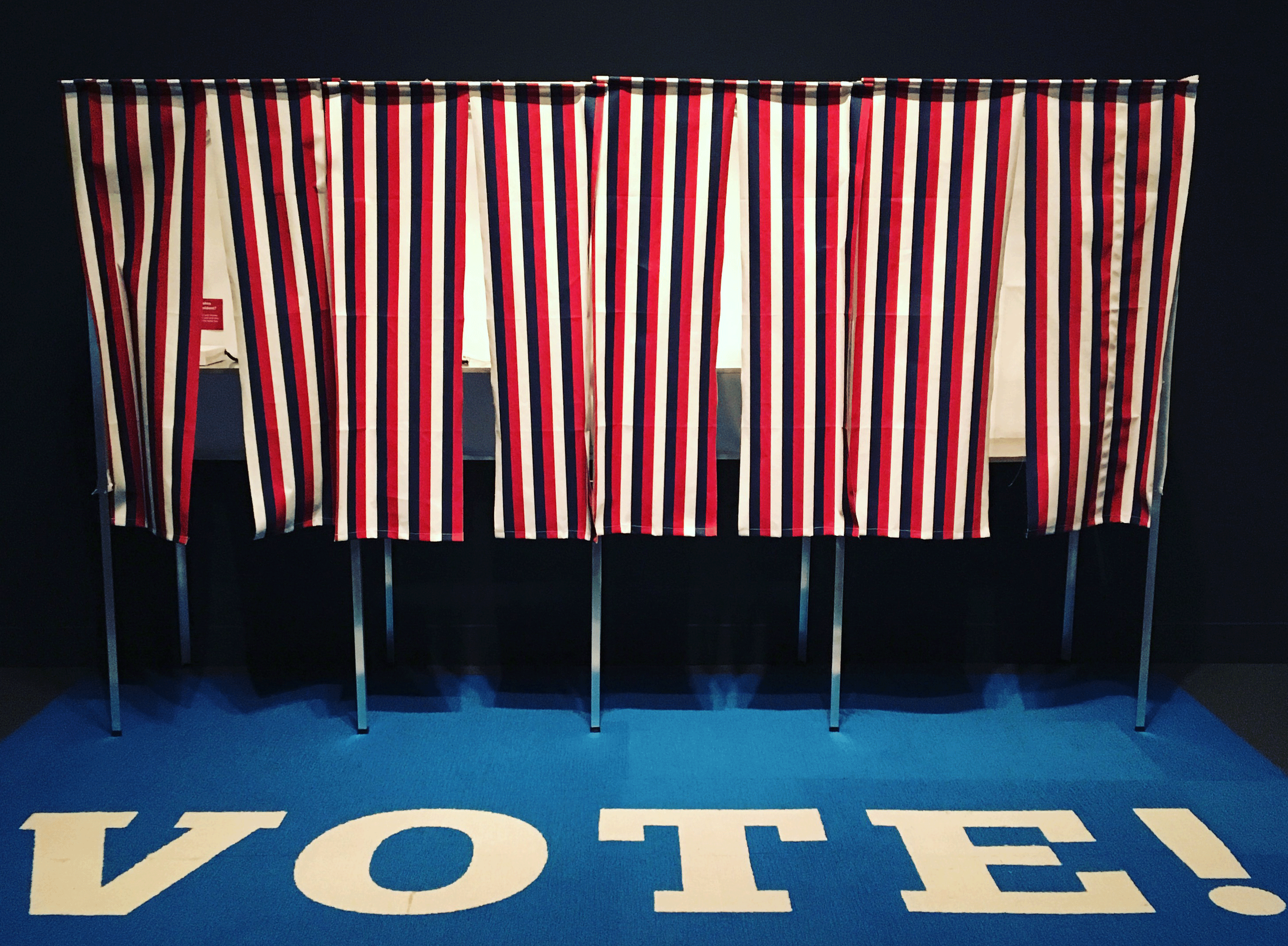Paradox is at the heart of the relationship between architecture and citizenship. For every act of fortified inclusion and exclusion, there is a counter, perhaps informal or subversive, act that strives to undermine distinctions. Border walls are the default architectures that describe nationhood, but also just one of many architectural expressions of citizenship. Citizenship has never been constituted as a singular, monumental edifice, reducible to any one institution of power or construction of identity. As a cluster of rights, responsibilities, and attachments, the lived experience of citizenship speaks to the plural, complex, and intimate relations we have with the actual and virtual spaces we inhabit. If citizenship itself designates both a border and the networks that traverse and ultimately elude them, then what kind of architecture might be offered offer in lieu of “The Wall”? What designed objects, buildings, or spaces might speak to the heart of what and how it means to belong today?
Dimensions of Citizenship is a collaboration between e-flux Architecture and the United States Pavilion of the 16th International Architecture Exhibition at La Biennale di Venezia. The first seven essays of Dimensions of Citizenship were published as a part of Dimensions of Citizenship: Architecture and Belonging from the Body to the Cosmos (Inventory Press, 2018).

